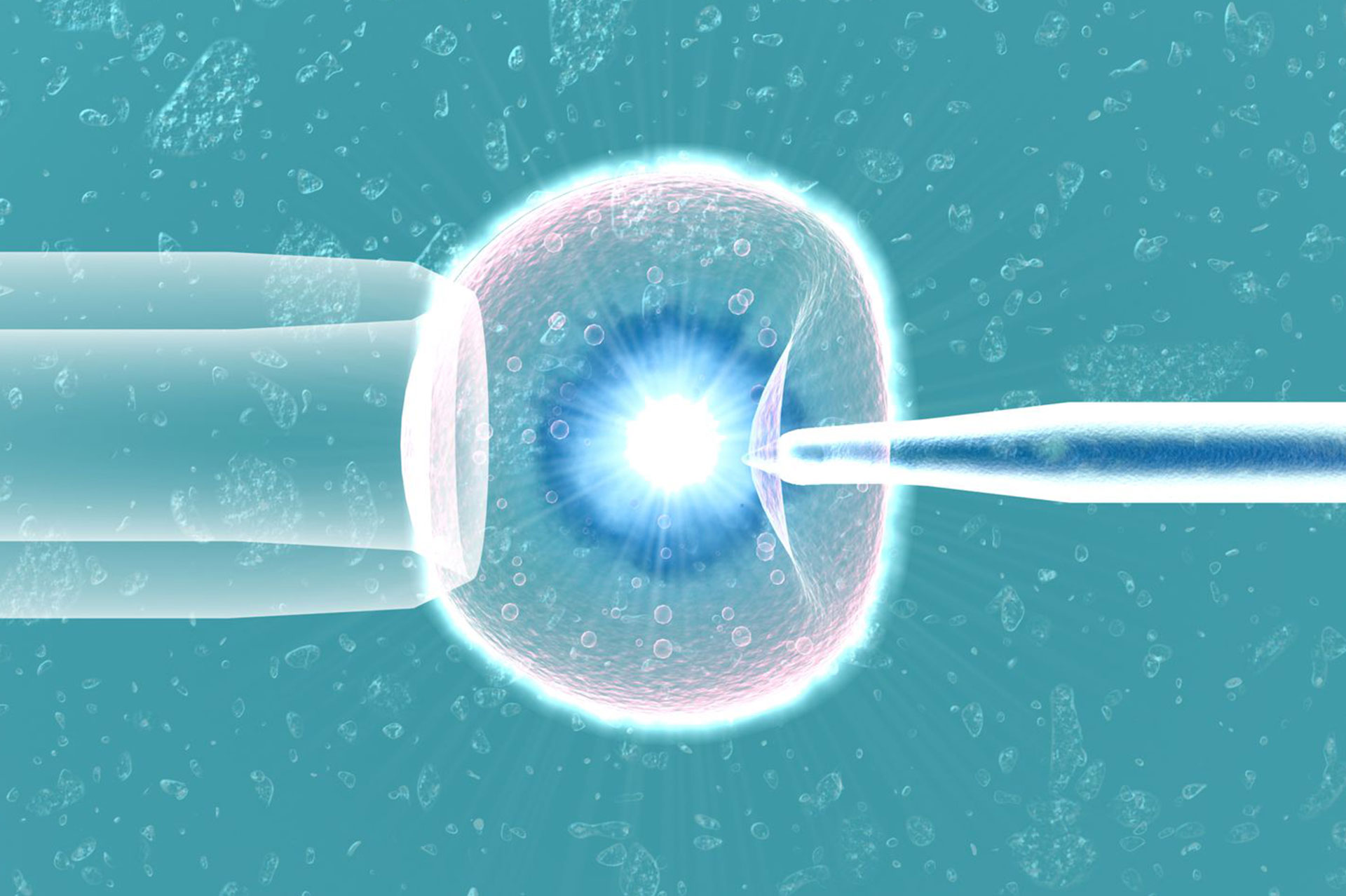Most people are not even aware of the term “laser hatching,” which makes the answer to this question unfamiliar and strange. But through this blog, we’ll make sure that you know everything you need to know about laser hatching and whether it makes implantation faster or not.
What is laser-assisted hatching?
In order to increase the success rate and possibility of a successful pregnancy, laser-assisted hatching is a process that is frequently used in IVF treatment. Laser hatching essentially makes it simpler and easier for the embryo to “hatch” or penetrate to its outer layer, also known as the “shell” (zona pellucida), by making a small opening.
What makes laser-assisted hatching so crucial and beneficial?
Since it’s no wonder that embryo hatching is a crucial part of IVF treatment, there should be no difficulty for the embryo in hatching and attaching to the wall of the uterus. The better the embryo’s attachment to the uterine wall, the higher the chances of a successful pregnancy.
The success of pregnancy depends on the hatching and implantation of the embryo, which makes laser-assisted hatching a crucial step in IVF treatment.
How is the laser-assisted hatching done?
The embryologist performs “laser-assisted hatching,” in which he creates a gap in the embryo’s shell under a microscope using a powerful light beam. The entire procedure takes only a few seconds and has no negative effects on the embryo. The embryo is returned to the patient’s uterus after hatching with laser assistance, where it attaches to the lining of the uterus and continues to develop.
Three days after fertilization has taken place through an IVF or ICSI (intracytoplasmic sperm injection) cycle, when the embryo starts to cleave (divide), laser-assisted hatching is usually performed.
To whom is laser-assisted hatching recommended?
Any patient who is going through IVF treatment is recommended for laser-assisted hatching since it increases the chances of a successful pregnancy and boosts the IVF treatment’s success rate. It is also recommended for those who have a history of failed IVF cycles.
Advantages of laser-assisted hatching
As it’s clear that laser-assisted hatching significantly boosts the chances of a successful IVF treatment and eventually a successful pregnancy, there are more advantages attached to it, such as:
– the handling of the embryo is minimal, which makes it safe;
– precise and quick control over shell opening drilling;
– the embryo is safe and has no negative consequences;
– increases the chances of pregnancy in patients who have previously failed pregnancies.
Conclusion:
Yes, laser-assisted hatching does make the implantation process faster, as creating an opening on the embryo’s shell helps the embryo come out fast and safely, eventually increasing the possibility of a successful pregnancy.
Visit Pahlajanis’ IVF Clinic and Women’s Hospital for laser-assisted hatching, or visit our website at www.pahlajanis.com for assistance.


